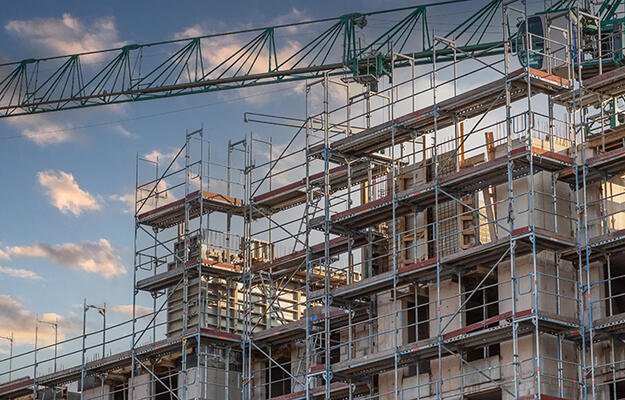
Neighborhoods of Opportunity through Revitalization and Mobility
By Maya Brennan
The United States has a housing problem and an economic opportunity problem. In both cases, the problems have complex causes and solutions, but relate in part to neighborhoods.
According to The State of the Nation’s Housing 2016, 39.8 million households spend more than 30 percent of income on housing, and 16.5 percent spend more than 50 percent of income on housing. For people living in poverty, housing costs may consume an even larger share of their meager resources. A third of households facing eviction in Milwaukee spent at least 80 percent of their income on rent. Unaffordable rents lead to too little of everything else because, as sociologist Matt Desmond put it, “The rent eats first.”
The perpetual housing affordability crisis suggests that policies should focus on reducing housing cost burdens no matter the neighborhood in which families live. But education, health, and economic opportunities are linked with neighborhoods, making the asking rent or home price even higher in places that score well. If lower-income households want a healthy living environment and access to pathways for advancement, they can expect even deeper housing cost burdens—unless they are the one lucky household receiving rental assistance out of every four households who qualify.
Separate and unequal neighborhoods—and the educational opportunities that accompany them—are also connected with the nation’s economic opportunity problem. Renters, racial and ethnic minorities, and lower-income households are less likely to live in communities with high-performing schools, healthy environmental conditions, and adequate job access. America’s promise as the land of opportunity for all has instead delivered gaps in job preparedness and earnings by race, an increase in income inequality in every state, and relatively low income mobility across generations. Opening the doors to opportunity for children may require big ideas, evidence-based policies, and the political will needed to enact change on a large scale.
Many families who live near poor-performing schools and blighted properties dream of moving. Mobility programs that support families who choose to move can make this dream possible. So can inclusionary housing programs that ensure a mix of incomes in an area.
Yet, moving is disruptive—even when the move looks good on paper. All too many low-income households already know this fact from experience with eviction and other unwanted moves. When a neighborhood includes many frequent movers, this residential instability breeds further disinvestment, and the high student turnover rates create hurdles for local educators.
But, as urban revitalization strategist Majora Carter has said, “You don’t have to move out of your neighborhood to live in a better one.”
While the public discourse often operates as if moving is the best way to escape troubled neighborhood conditions, another valid choice is to stay. Roots, friends, and other connections are important and hard to give up. Families may also prefer not to be a racial or ethnic minority in their new neighborhood, particularly given the nation’s history of racial tensions and discrimination. As Chrystal Kornegay, undersecretary of Massachusetts’s department of housing and community development, has said, “It’s really, really hard to be the only . . . fill in the blank.”
There is no shortage of policies and programs with the potential to improve the neighborhood environment for low-income households. Traditional community development activities, such as main street programs, workforce development, corridor revitalization, and crime prevention programming, are as essential as mobility programs for assisting families who live in concentrated poverty. To give everyone a chance to achieve the American dream, every neighborhood should be a neighborhood of opportunity.


